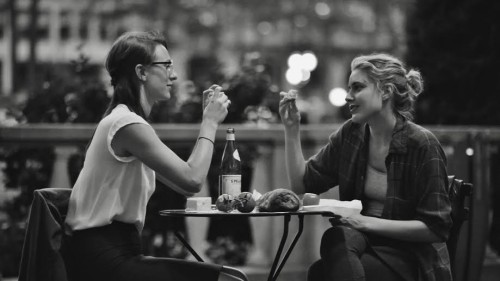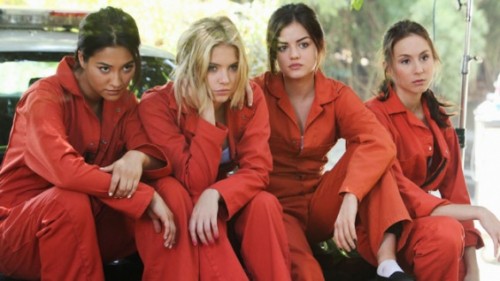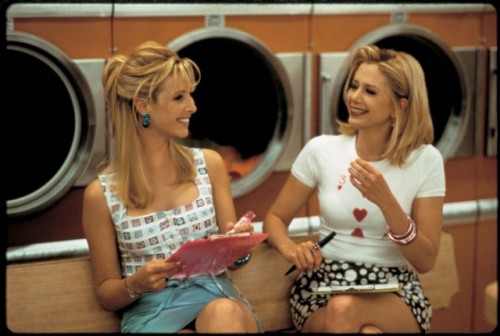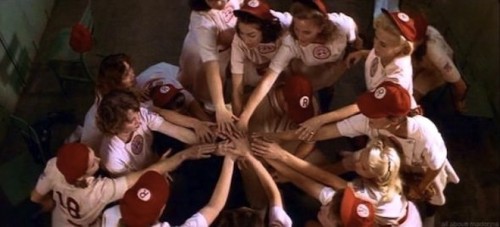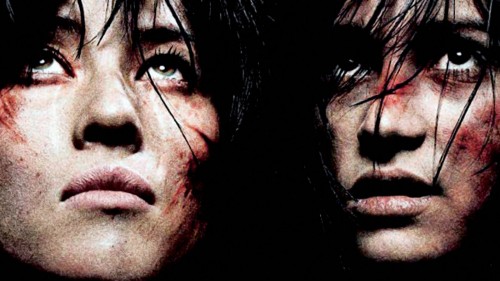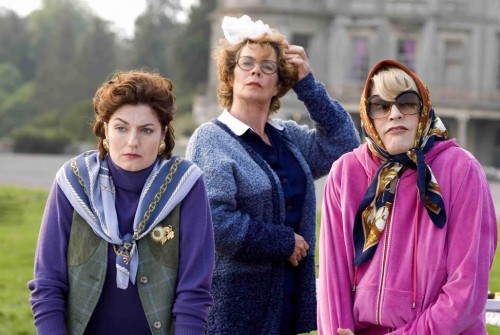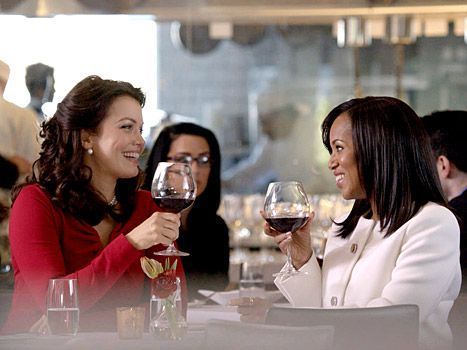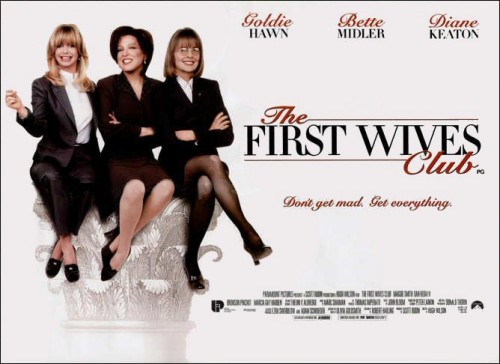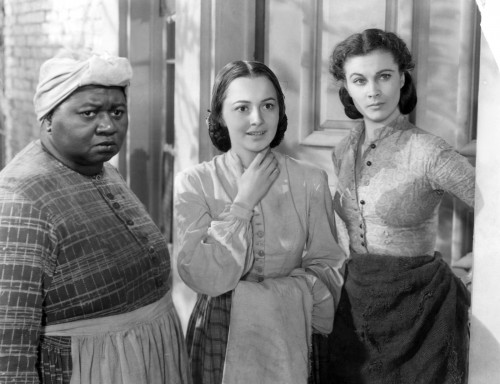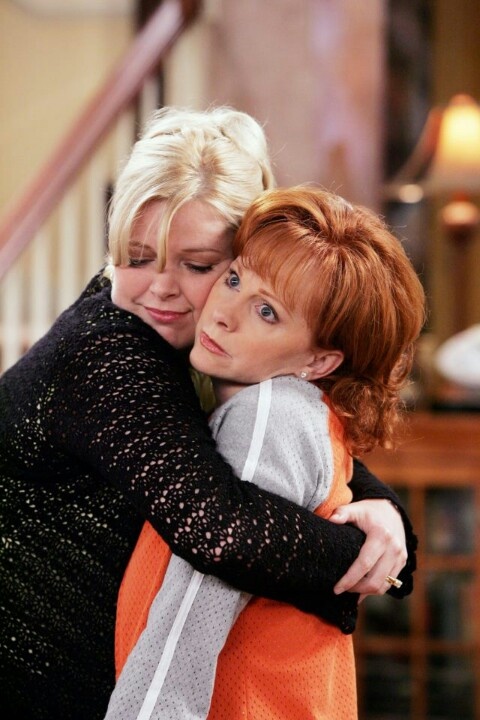This guest post by Sarah Smyth appears as part of our theme week on Female Friendship.
Frances Ha is a love story.
The film opens with a montage of the central couple play-fighting, dancing, reading, cooking, and doing laundry together, which establishes the seemingly blissful and idyllic domestic set-up between the two characters. As the narrative progresses, however, the couple become subject to the usual trials and tribulations of the characters in romantic comedies. Their relationship is complicated by external forces, which becomes intensified by jealousy and miscommunication, before the couple are finally reunited and reconciled.
However, despite the possibility of reducing Frances Ha to a set of generic conventions, to do so is not hugely productive. Firstly, this undermines the charm, intelligence, and self-awareness of the film. Secondly, by only examining Frances Ha in terms of how it upholds generic conventions, we remain unable to see the ways in which the film challenges this very generic set-up. For Frances Ha is not a film where “boy-meets-girl,” and there is definitely no diamond ring. The love story of Frances Ha is between the titular character, Frances (Greta Gerwig) and her best friend, Sophie (Mickey Sumner), and it is precisely this friendship between two women which questions, resists, and challenges the definition of love posed by the (primarily) heterosexual and (almost always) heteronormative romcom genre.
Frances Ha is a love story between two friends, Frances and Sophie.

Discussing the friendship between Frances and Sophie in an interview in Sight and Sound magazine, Greta Gerwig claims:
“We never started out saying we were going to make a love story between these two friends but it just emerged in the writing of the scenes. Then we went back and actually beat it out like a romcom: she has the girl, she loses the girl, she tries to make the girl jealous. It’s like a will-they-won’t-they tension to the story but you’re never quite sure what they will or won’t do.”
Co-writing the film with Noah Baumbach, who also directed Frances Ha and is Gerwig’s real-life partner, Gerwig’s comments make clear the intended underlying “romantic” trajectory and generic mapping of the film.
Although the friendship between Frances and Sophie sits within the structure of a conventional romantic narrative, Frances Ha never presents these two women as having an explicitly homosexual relationship. Frances and Sophie never engage in sexual activities with each other, nor share anything other than an asexual bed. Yet, within the heteronormative romcom genre and, indeed, wider Western society, which rigidly privileges the heterosexual, monogamous, and cis-gendered couple, the friendship between Frances and Sophie is figured as distinctly queer. In one moment, Frances even jokes to Sophie that, “we are like a lesbian couple that doesn’t have sex anymore.”
In “Compulsory Heterosexuality and Lesbian Existence,” Adrienne Rich writes, “if we consider the possibility…that all women exist on a lesbian continuum, we can see ourselves as moving in and out of this continuum, whether we identify as lesbian or not.” I move away from Rich’s use of the term “lesbian” in favour of the term “queer” as, in this context, the use of “lesbian” reinforces the binary construction of gender and sexuality which, in turn, undermines her proposition of a fluid sexuality. Nevertheless, Rich helpfully dispels the notion of heterosexuality as naturally or essentially given, broadening out the consideration of a fulfilling and satisfying love as going beyond the constraints imposed by rigid heterosexuality. In addition, Rich also demonstrates the way in which Western society’s continual re-iteration of “natural” heterosexuality only serves to reinforce patriarchal interests and perpetuate gender inequality: ‘”The enforcement of heterosexuality for women [is] a means of assuring male right of physical, economic, and emotional access.” In this way, through the centrality of the female friendship to the film’s love story, Frances Ha suggests the possibility of women breaking free from the oppressive constraints of heteronormativity and heterosexuality. By suggesting the possibility of finding love, commitment, satisfaction, and fulfilment from female friendship, Frances Ha not only breaks down a construction of sexuality, love, and relationships which privileges patriarchal power, dominance, and authority. It also proposes a future where there is an alternative, or at least coexistence with, the conventional heteronormative “female” script of marriage, children, and a house in the suburbs.
Frances and Sophie lying in bed together indicates their queer, but not homosexual, relationship.

However, before we proclaim to have arrived at a feminist utopia, and run off into the sunset with our best female friend, Frances Ha makes plain the difficulties and complications faced by these friendships. The film continually presents a dissonance between the Frances and Sophie’s fantasy of the future and the expectations of conventional heteronormativity. These expectations continually impose themselves on Frances and Sophie’s friendship, threatening to destroy this queer alternative of female fulfilment. Near the beginning of the film, as the two women sit in bed together, Frances asks Sophie to “tell me the story of us,” which, within cinema, is the kind of pillow talk that’s reserved for heterosexual couples. Frances says Sophie will be “this awesomely bitchy publishing mogul,” and Sophie says Frances will be “this famous modern dancer.” They will have lovers, no children, and honorary degrees – “so many honorary degrees.” Their fantasy subverts heteronormativity’s conventional trajectory of a woman’s life, with Frances and Sophie privileging economic independence, career and academic success, sexual satisfaction, and, most importantly, their friendship above husbands and children. However, Sophie is also in a conventional, heterosexual, monogamous relationship with Patch (Patrick Heusinger), which continually attempts to destroy Frances and Sophie’s queer friendship. In one poignant moment, Frances says to Sophie, “it’s just, if something funny happens on the way to the deli, you’ll only tell one person and that’ll be Patch, and I’ll never hear about it.” Frances’ anxieties make clear the realities of the heteronormative construction of relationships, which privileges the monogamous and heterosexual couple, causing Frances and Sophie’s relationship to wither in comparison.
Sophie most explicitly represents the conflict between alternative forms of female fulfilment through queer friendships and heteronormativity’s imposed expectations of success and satisfaction. In the end, she does not follow the fantasy that she shares with Frances. More concerned with the outward appearance of success than her own happiness, she gives up her job in a publishing house and, possibly, her financial independence, to move to Tokyo with Patch. Although she writes a travel blog in which, as Frances says, she “looks so happy,” she later reveals to Frances that she wants to leave Patch and Japan. In this confessional scene, Frances hopes to repair their relationship and renew their fantasy claiming, “maybe we’ll move back to New York at the same time and be like women who rediscover themselves after a divorce… We should get apartments close to each other in Brooklyn.” However, this idyllic moment is temporal, and the fantasy never becomes realised in the film as Sophie leaves the next morning to return to her boyfriend. Despite acknowledging her unhappiness, Sophie ends up marrying Patch at the end of the film. Frances Ha, it seems, is deeply pessimistic towards women finding fulfilment and satisfaction within their female friendships so long as heteronormativity continues as the dominant social order.
Sophie and Patch’s conventional romantic relationship poses a continual challenge to Frances and Sophie’s friendship.

Nevertheless, Frances Ha offers the possibility of women finding happiness and fulfilment both within their own terms and within their female friendships. Frances’ success at the end of the film is not in finding a man and getting married, but in choreographing her own show and finding her own place to live. In addition, the film suggests that the friendship between Frances and Sophie may not only continue to exist but to flourish. During a disastrous dinner party, in a moment of disarming honesty, Frances explains what she wants from a relationship:
“It’s that thing when you’re with someone and you love them and they know it, and they love you and you know it. But it’s a party, and you’re both talking to other people, and you’re laughing and shining, and you look across the room and catch each other’s eyes, but not because you’re possessive or it’s precisely sexual, but because that is your person in this life. And it’s funny and sad, but only because this life will end, and it’s this secret world that exists right there in public, unnoticed, that no one else knows about. It’s sort of like how they say that other dimensions exist all around us, but we don’t have the ability to perceive them. That’s what I want out of a relationship. Or just life, I guess. Love.”
In the final scene between Frances and Sophie, they look over to each other in a crowded room, catch each other’s eye and flash a goofy smile. In that moment, they both exist within their own alternative dimension. In that fleeting and temporal instant, they exist outside of the heteronormative construction of what constitutes a meaningful and satisfying relationship. In that look, they confirm to each other and to the audience that their relationship, so difficult, complex, challenging, powerful, passionate, and meaningful is one of support, fulfilment, and, ultimately love.
Greta Gerwig’s interview appears in the August 2013 issue of Sight and Sound.
Sarah Smyth recently finished a Master’s Degree in Critical Theory with an emphasis on gender and film at the University of Sussex, UK. Her dissertation examined the abject male body in cinema, particularly focusing on the spatiality of the anus (yes, really). She’s based now in London, UK and you can follow her on Twitter at @sarahsmyth91.
